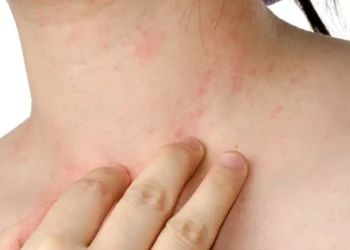Not all pimples are the same, the difference depends on what’s happening below the surface. Here’s a quick look at the most common types of pimples and how you can treat them.
Whiteheads
When dead skin cells and oil clogs pores, it creates the perfect environment for bacterial growth. As the bulge of bacteria and oil under the skin grows, it forms a small bump on the surface called a Whitehead
Blackheads
If some of the oily mix and a whitehead reaches the surface, oxygen in the air interacts with the exposed oil turning it black.
Treatment
You can treat both blackheads and whiteheads with over-the-counter medicines like benzoyl peroxide, salicylic acid and resourcing papules. Papules are whiteheads that persisted long enough to cause infection. The immune system sends white blood cells to battle the bacteria. This inflames the area forming a hard red bump called a papule. Dermatologists may prescribe antibiotics and retinoids for treatment.
Pustules
Given enough time, papules will swell up white blood cells clump together and form pus. The bulge of pus expands, rupturing the pores cell walls on the surface. It forms an ugly white blemish called a pustule.
Treatment
You can treat pustules similar to papules (i.e using antibiotics and retinoids).
Read: Quick ways to get rid of Urinary Tract Infection.
Nodules
In severe cases, you can get a huge abscess deep inside the pore. If that abscess bursts through the pore, it will release a flood of pus under the surface. The irritating pus can plague the skin, forming a large tender lump. The lump or nodule can grow to be the size of a blueberry or larger. Nodules are some of the most severe types of acne.
Treatment may require strong medicines like accutane or isotretinoin. Whether you’ve got a pesky whitehead or a painful pustule, you can help keep acne at bay by washing your face twice a day.









